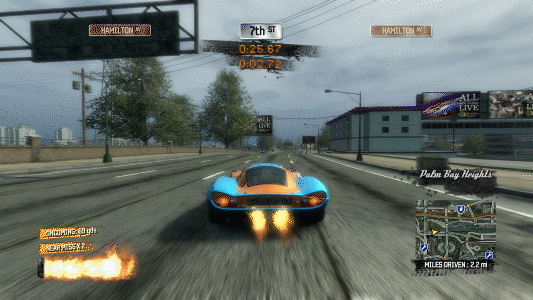 Creativity comes in several ways, least of all in print. In a full-page ad today, KFC UK admitted and apologized for experiencing an unprecedented shortage of chicken leading to the closure of several of its outlets through a creative marketing campaign called ‘We’re Sorry’. The visualizer and the content/PR team deserve a huge kudos along with a pay hike for creating this amazing masterpiece! Through some research, I discovered this campaign has been developed by KFC’s creative agency ‘Mother’.
Creativity comes in several ways, least of all in print. In a full-page ad today, KFC UK admitted and apologized for experiencing an unprecedented shortage of chicken leading to the closure of several of its outlets through a creative marketing campaign called ‘We’re Sorry’. The visualizer and the content/PR team deserve a huge kudos along with a pay hike for creating this amazing masterpiece! Through some research, I discovered this campaign has been developed by KFC’s creative agency ‘Mother’.
WIRED traced the logistical issue to a failure in KFC’s supply chain and “lack of contingency planning” after a serious collision on the M6 on Feb-14 which blocked access to their warehouse.
[perfectpullquote align=”right” bordertop=”false” cite=”” link=”” color=”” class=”” size=””]The lack of chicken began to hit on February 16. KFCs started to shut down locations in response to their missing ingredients, meaning that by February 18, only 266 of the 870 restaurants in the UK and Ireland were open. Locations in Northern Ireland and the Republic of Ireland have not been affected due to different logistical arrangements.[/perfectpullquote]
Must say, KFC made an honest attempt to sympathize with its frustrated fans with a visual messaging that conveys that feeling through an empty chicken bucket lying on the floor, nothing seems more effective than this simple, and eye-catching campaign.

 It’s always invaluable learning for me to be inspired by the
It’s always invaluable learning for me to be inspired by the 